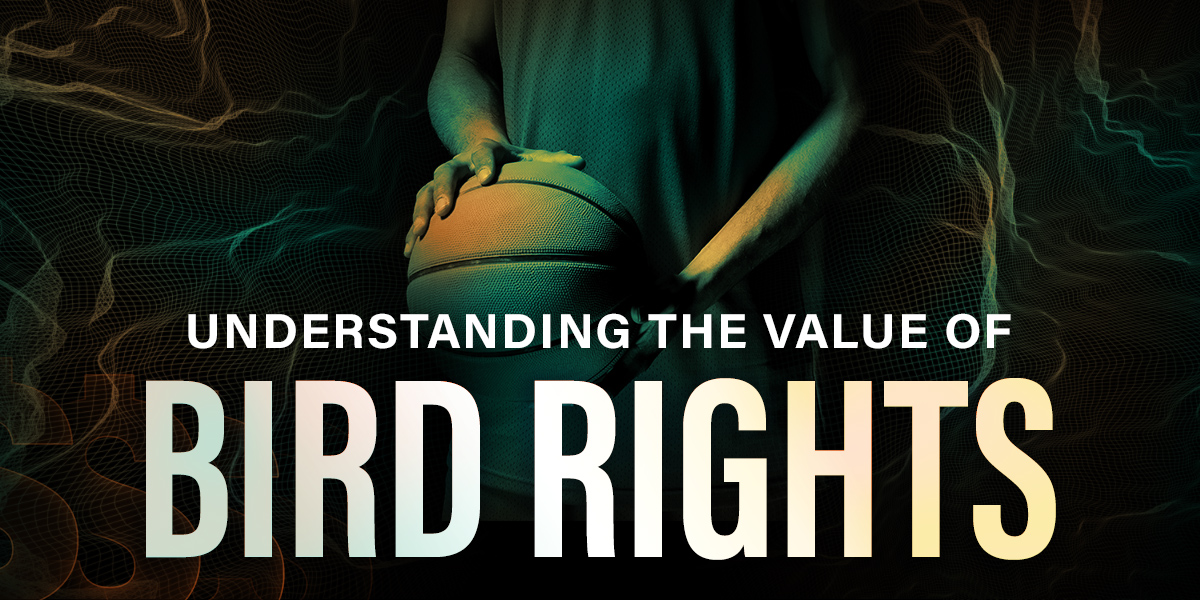
Bird Rights are a vital team-building component, enabling NBA franchises to re-sign players for larger and larger salaries.
Named after Hall-of-Fame forward Larry Bird, Bird Rights come in three flavors based on how many consecutive seasons a player stays with the same team (in most cases, rights transfer with the player via trade).
Non-Bird Rights
After a single season, a team has Non-Bird Rights, enabling the team to re-sign the player for up to 120 percent of his previous salary.
For instance, the Los Angeles Lakers signed Lonnie Walker IV to a one-year $6.5 million contract in July. When he’s a free agent in 2023, the most the Lakers can pay him via Non-Bird Rights would be a four-year salary with five percent raises starting at $7.8 million ($33.4 million total).
If another team offers Walker a more significant deal, the Lakers wouldn’t be able to use his rights to meet that price. Instead, the franchise would need to either use cap room or its non-taxpayer mid-level exception (NTMLE, projected to be $11.4 million). Using the NTMLE would trigger a hard cap, limiting L.A.’s total payroll to roughly $169 million.
The franchise faced a similar issue after the 2021-22 season with Non-Bird Rights after signing Malik Monk for a single season. The Lakers could not offer Malik Monk as much as the Sacramento Kings, who gave him a two-year, $19.4 million contract.
Early Bird Rights
By signing Monk for two seasons, the Kings will have his Early Bird Rights after the 2023-24 campaign. Those rights will allow the Kings to offer up to 175 percent of his expiring salary ($9.9 million). An Early Bird contract needs to be for at least two years but no more than four, with up to eight percent raises. For Monk, Sacramento can pay him a starting salary of $17.4 million ($78 million over four).
That’s a stark difference from what the Lakers can pay Walker with Non-Bird, and why teams generally prefer to sign players to long deals (perhaps with the second season not fully guaranteed or a team option if the franchise has enough leverage).
For players on smaller salaries, the maximum teams can pay with early Early Bird Rights is based on the estimated average salary (a figure the NBA provides ahead of July free agency). For the 2022-23 season, players with Early Bird Rights could sign for the higher of 10.8 million or 175 percent of their previous salary.
Nicolas Batum earned $3.2 million in his second season with the Los Angeles Clippers. He re-signed via Early Bird Rights this July to a two-year deal starting at $10.8 million ($22.6 million total), greater than 175 percent of his previous salary ($5.5 million)
Teams can still lose a player because another with cap room can make a more significant offer. In some cases, the Arenas Rule (to be covered at Sports Business Classroom at a later date) can protect the original team by limiting what others can offer.
Full Bird Rights
After three seasons or more, a team has a player’s Full Bird Rights, which enables a maximum contract for you to five years with eight percent raises. For 2022-23, players with up to six years of experience can sign for a max of $30.9 million (25 percent of the salary cap). Those with seven to nine years can earn up to $37.1 million (30 percent). Those with 10 or more years in the league max out at $43.3 million (35 percent).
After many years with the Washington Wizards, Bradley Beal signed a five-year, $251 million contract starting at the max of $43.3 million.
Rights Take Up Cap Space
While a team can use Bird Rights to spend well above the salary cap, they come with a cost. An unsigned player will take up a portion of the team’s cap room based on various criteria to be covered later.
Also, for future discussion—teams can go above the listed maximums to re-sign a player in some instances (larger personal max, designated contract, etc.).
Email Eric Pincus at eric.pincus@gmail.com and follow him on Twitter @EricPincus.



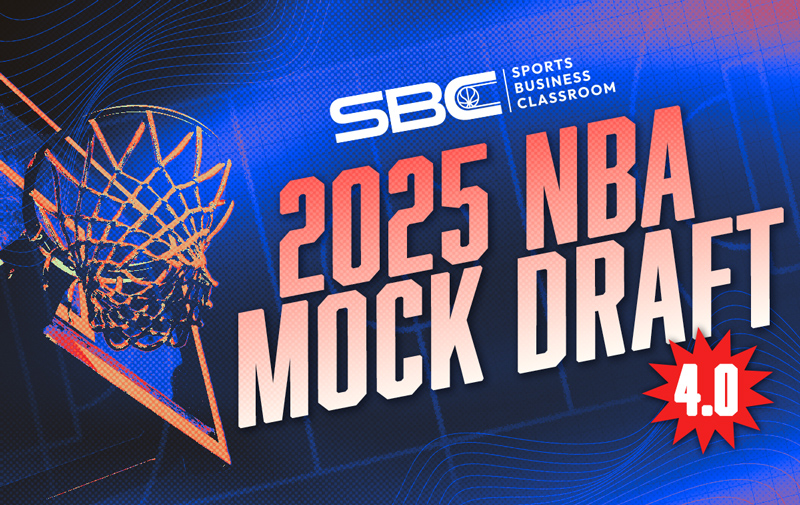
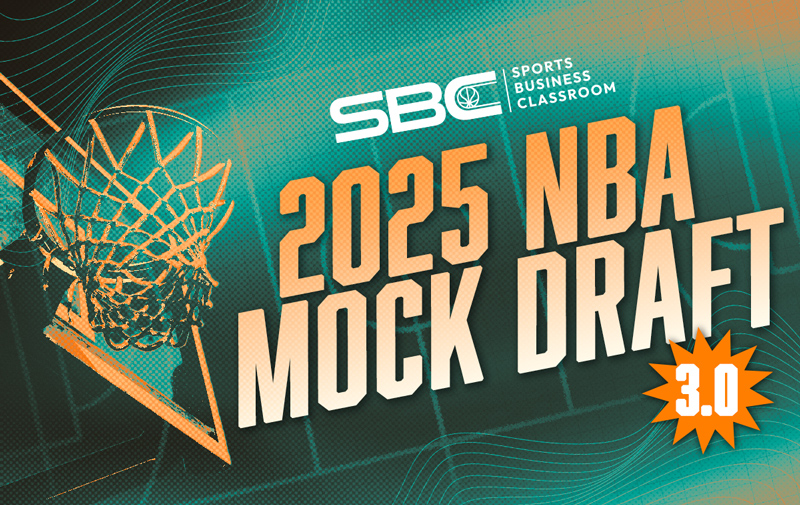
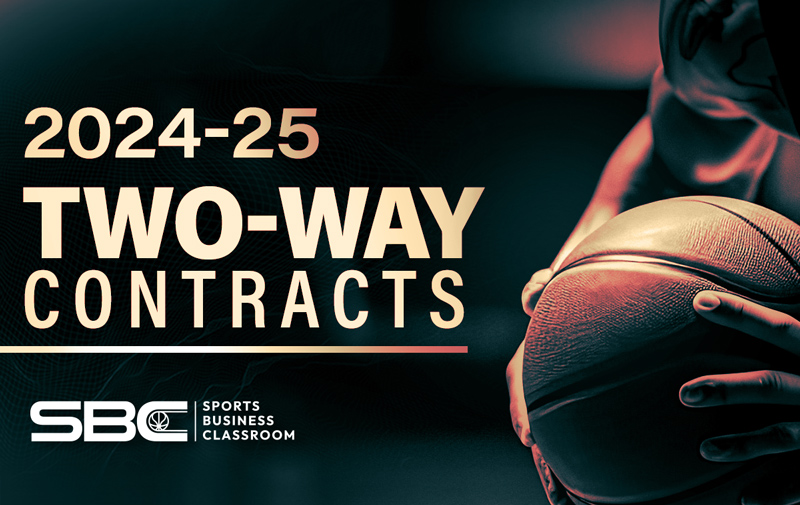
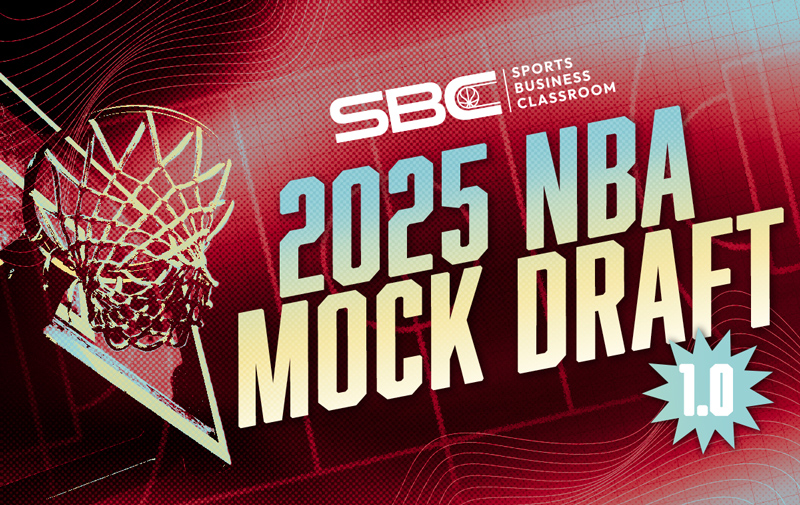
Leave A Comment